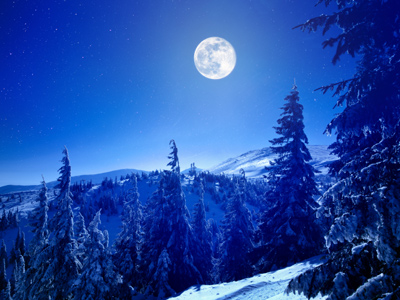
Ask the AI Tutor
Need help with Days and Seasons? Ask our AI Tutor!
AI Tutor - Lucy
Connecting with Tutor...
Please wait while we establish connection

When the nights are longer than the days, the season is winter.
Days and Seasons
The Sun and Earth’s movements create days and seasons. These changes affect weather, light, and temperature, shaping how people, plants, and animals live.
1 .
What causes day and night?
The Sun moves around the Earth
The Moon comes out, causing night
The Earth orbits the Sun
The Earth rotates on its axis
The Earth rotates on its axis. When part of the Earth is facing away from the Sun, it is dark because it cannot receive any sunlight. As the Earth rotates, that part gradually turns to face the Sun (we call this moment 'sunrise') and it becomes day
2 .
How long does it take the Earth to rotate once on its axis?
One day
One week
One month
One year
When our part of the Earth is pointing towards the Sun it is daytime and when we are pointing away from the Sun it is night
3 .
The Earth is divided into its northern and southern hemispheres by what?
Its axis
The Equator
The North and South Poles
Lines of longitude
The Equator is an imaginary line which goes around the Earth's middle
4 .
If it is winter in the Northern Hemisphere, what season is it in the Southern Hemisphere?
Spring
Summer
Autumn
Winter
When it is summer in the Northern Hemisphere, it is winter in the Southern Hemisphere
5 .
When it is summer in the Northern Hemisphere, which pole is tilted towards the Sun?
The North pole
The South pole
Both poles are equidistant (an equal distance) from the Sun
Both poles are tilted away from the Sun
When the North Pole is tilted towards the Sun the South Pole is tilted away from it
6 .
Why does the South Pole receive no sunlight during its winter?
The Northern Hemisphere is tilted away from the Sun
The Sun doesn't orbit the Earth in the winter
The Earth stops rotating in the winter
The Southern Hemisphere is tilted away from the Sun
When the Southern Hemisphere is tilted away from the Sun, the South Pole is in darkness for 24 hours every day, while the North Pole (which is tilted towards the Sun at the same time) receives 24 hours of sunlight every day
7 .
How long does it take the Earth to orbit the Sun?
One day
One month
One year
One decade
When our part of the Earth is tilted towards the Sun it is summer and when we are tilted away from the Sun it is winter
8 .
Which of the following causes the seasons to change?
The Moon
The Earth's tilt on its axis
The Earth's rotation
Changing weather
The Earth's tilt on its axis means that as the Earth orbits the Sun, the amount of sunlight received by each hemisphere changes, causing the changing seasons. The equator, however, always receives 12 hours of sunlight each day and does not experience changing seasons (although it does experience changing weather)
9 .
On two days each year, the Earth receives equal amounts of daylight and darkness. What are these days called?
Rotation days
Seasons
Solstices
Equinoxes
In the Northern Hemisphere, the spring (vernal) equinox is around the 21st of March and the autumnal equinox is around the 21st of September
10 .
In which season are the nights much longer than the days?
Spring
Summer
Winter
Autumn
In summer the days are much longer than the nights. In autumn and spring the days and nights are roughly the same length
**Unlimited Quizzes Await You! 🚀**
Hey there, quiz champ! 🌟 You've already tackled today's free questions.
Ready for more?
Ready for more?
🔓 Unlock UNLIMITED Quizzes and challenge yourself every day. But that's
not all...
not all...
🔥 As a Subscriber you can join our thrilling "Daily Streak" against other
quizzers. Try to win a coveted spot on our Hall of Fame Page.
quizzers. Try to win a coveted spot on our Hall of Fame Page.
Don't miss out! Join us now and keep the fun rolling. 🎉
**Unlimited Quizzes Await You! 🚀**
Hey there, quiz champ! 🌟 You've already tackled today's free questions. Ready for more?
🔓 Unlock UNLIMITED Quizzes and challenge yourself every day. But that's not all...
🔥 As a Subscriber you can join our thrilling "Daily Streak" against other quizzers. Try to win a coveted spot on our Hall of Fame Page.
Don't miss out! Join us now and keep the fun rolling. 🎉






